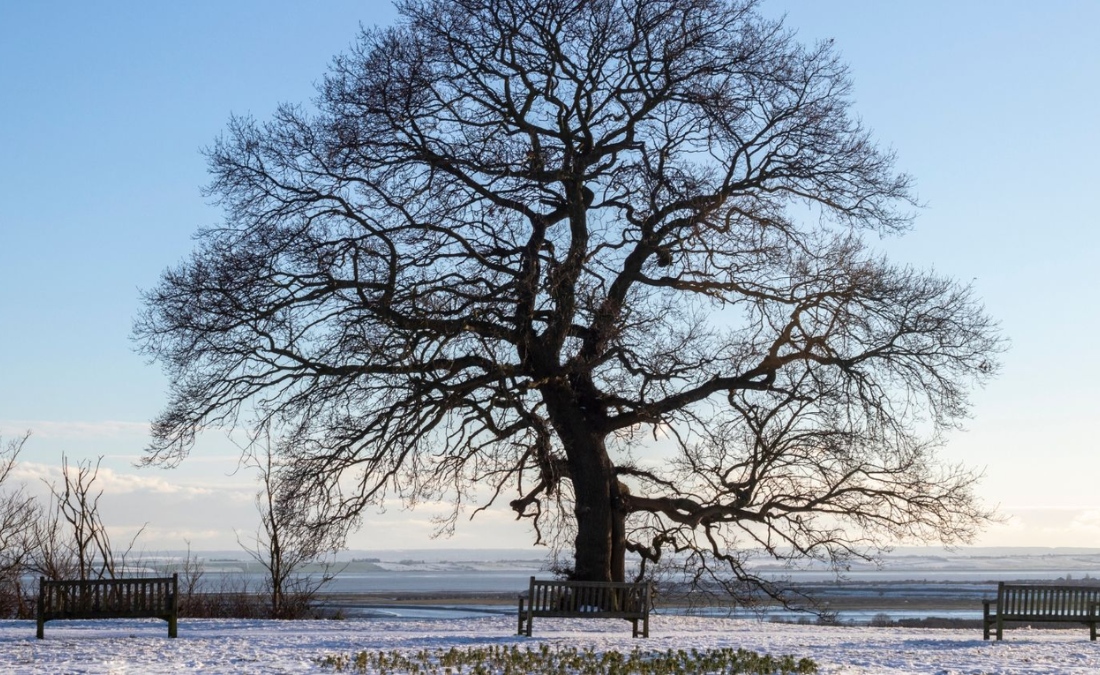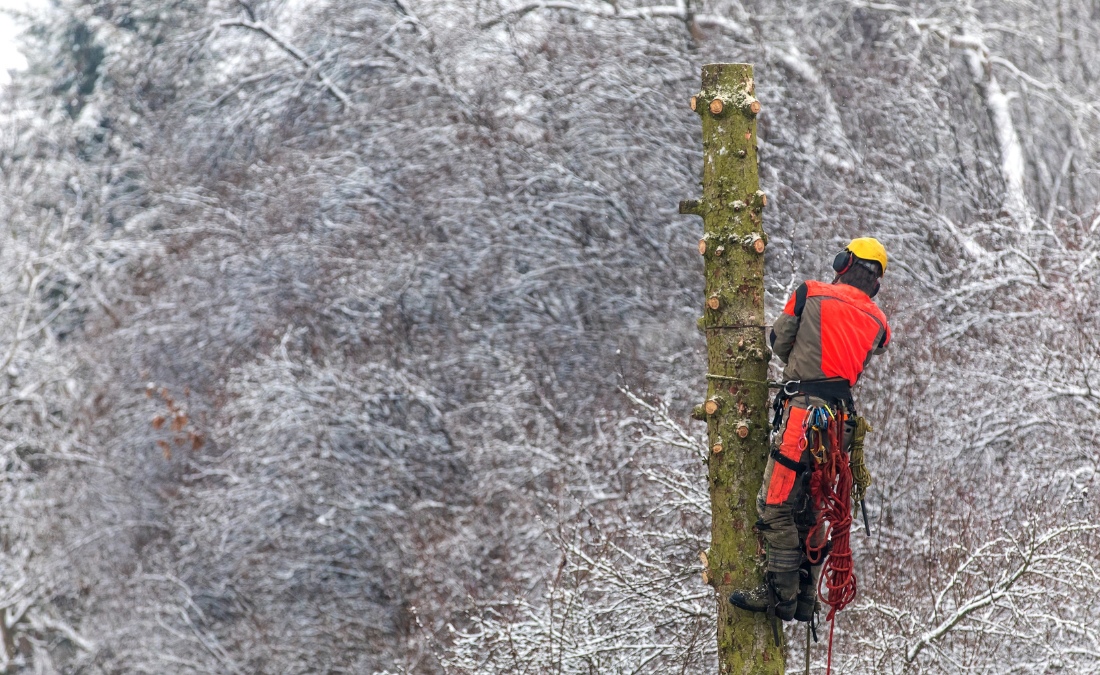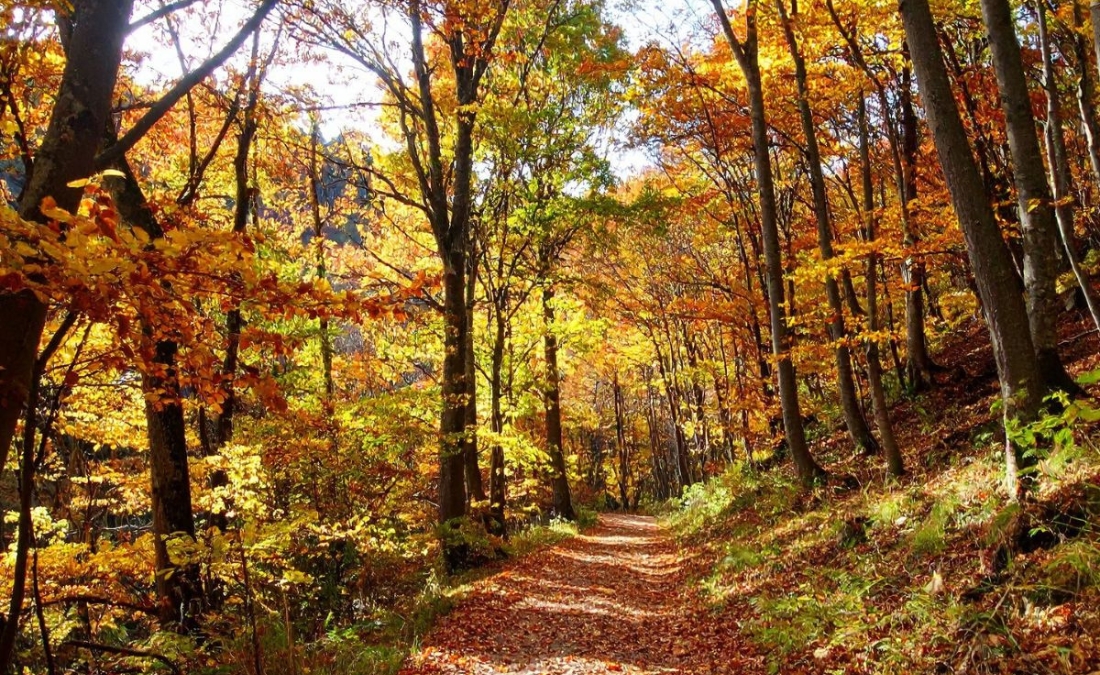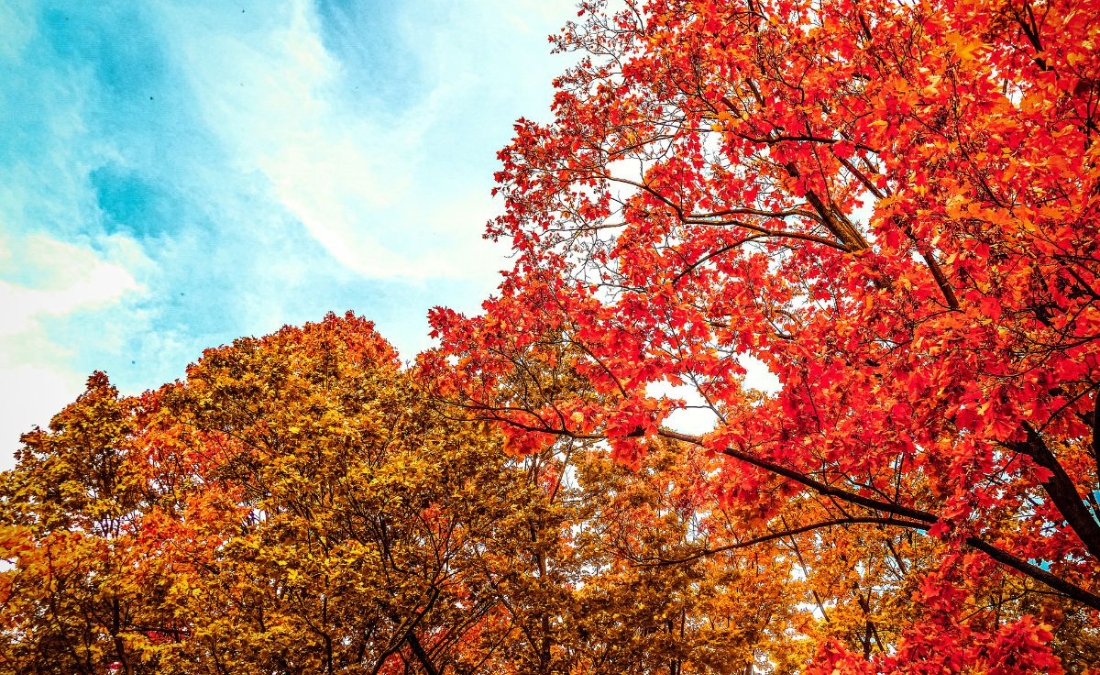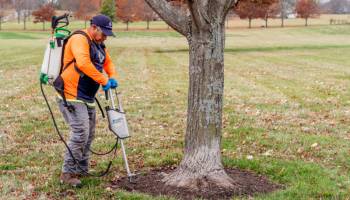How Storm Damage Pruning Can Save Your Liberty and Parkville Trees
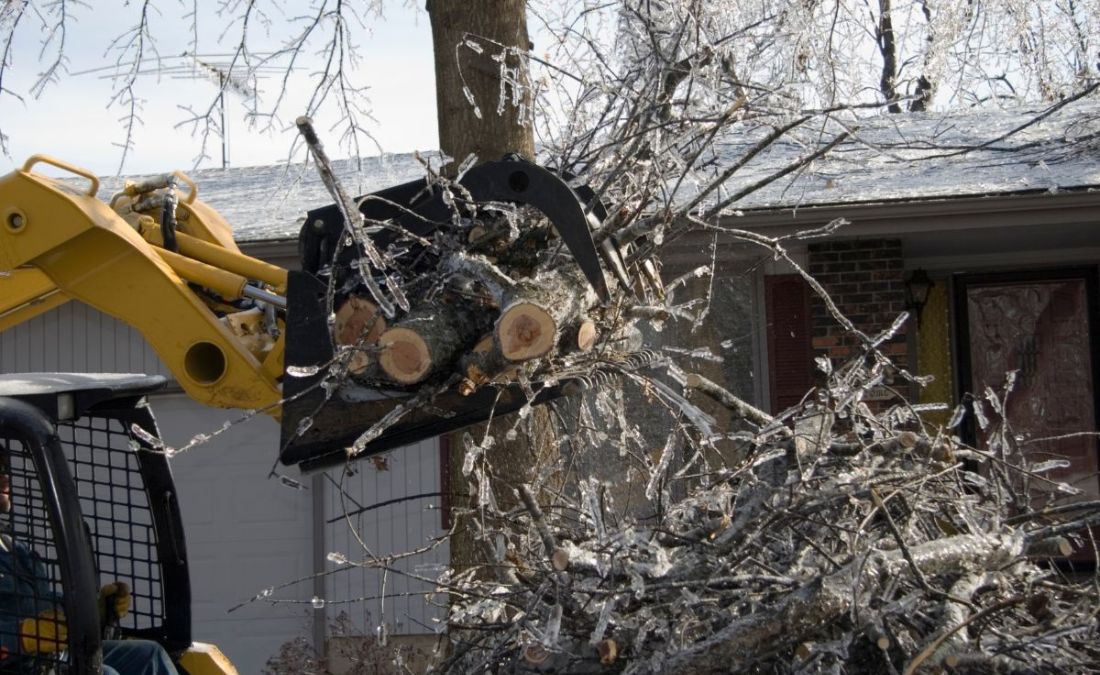
Help your trees recover after a storm! Discover how storm damage pruning restores health, prevents hazards, and prepares trees for future severe weather events.
Storms in Liberty and Parkville can take a toll on even the healthiest trees. From cracked limbs to fallen branches, storm damage can jeopardize your property and your trees’ long-term health. Storm damage pruning addresses these issues – restoring tree structure and reducing vulnerabilities to help your trees recover and stand strong against the challenges of future severe weather.
Key Takeaways:
- Storm damage pruning is important for addressing broken limbs, split trunks, and hidden vulnerabilities after a storm.
- Neglecting storm damage can lead to safety hazards, rapid tree health decline, legal liabilities, and increased property risks.
- Prompt pruning after storms reduces long-term risks, prevents decay, and protects your property, making it a worthwhile investment.
- Arbor Masters’ Certified Arborists use specialized equipment and techniques to remove hazards, promote healthy regrowth, and stabilize trees after storm damage.
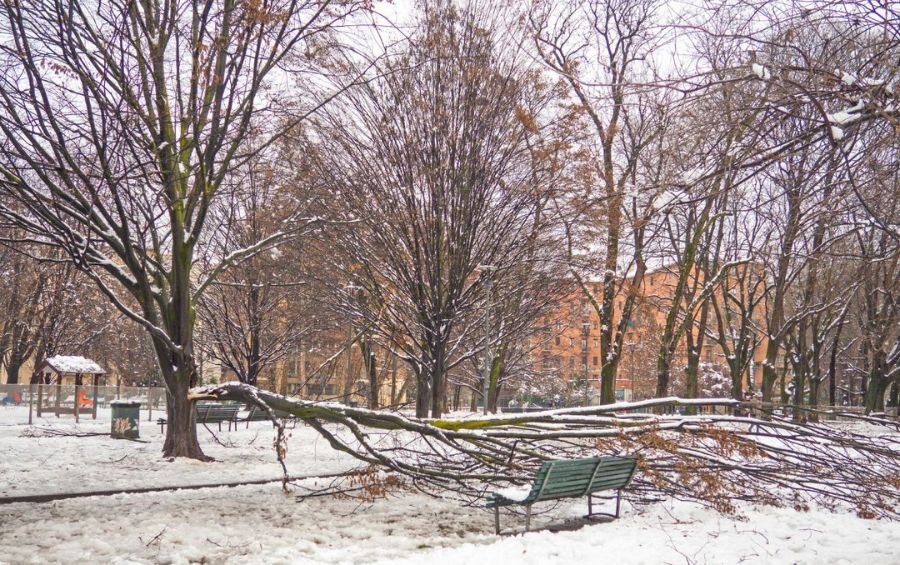
What Is Storm Damage Pruning?
Storm damage pruning is a specialized tree care practice performed after a storm. It addresses damage caused by high winds, heavy rains, ice, or snow. This type of pruning focuses on removing broken, split, or weakened branches to prevent further injury to the tree and ensure its structural integrity moving forward.
Unlike other pruning techniques that focus on improving a tree’s overall aesthetics, storm damage pruning prioritizes safety and recovery. A Certified Arborist will assess each tree individually, targeting limbs that pose immediate risks while setting the tree up for long-term resilience.
How Storm Damage Pruning Prevents Long-Term Issues
Storms are unpredictable, but their impact on trees often follows familiar patterns – broken limbs, split trunks, and weakened structures that can spiral into bigger problems if left unaddressed. Here are a few reasons why pruning after storms is an important step in maintaining your trees’ health:
- Mitigates Immediate Risk: Broken branches left hanging after a storm can fall unexpectedly, posing a danger to people, pets, and property. By removing these compromised limbs, storm damage pruning reduces dangerous situations before they escalate.
- Prevents Disease and Decay: Open wounds from broken branches or trunk splits are prime entry points for pests, fungi, and diseases that can spread and compromise the entire tree. Proper pruning removes these vulnerabilities, allowing the tree to focus its energy on healing and recovery.
- Restores Structural Integrity: Trees damaged by storms are often left unbalanced or weakened, which can lead to future failures. Storm damage pruning strategically removes compromised limbs to stabilize the tree and promote stronger regrowth.
- Prepares Trees for Future Storms: A tree weakened by one storm is more likely to sustain severe damage in the next. By addressing damage promptly, pruning reinforces the tree’s resilience and reduces the likelihood of failure during future storms.
- Protects Property and Reduces Liability: Left unaddressed, storm-damaged trees can lead to costly emergencies or liability issues if branches fall unexpectedly. Storm damage pruning helps avoid these scenarios, saving you money and stress.
What Happens If Storm Damage Pruning Is Neglected
Some people live by the motto, “I’m just going to let nature take its course,” but this attitude can be risky when it comes to storm-damaged trees. Ignoring storm damage can lead to serious issues, including:
- Legal and Insurance Issues: If a damaged tree or branch causes harm to property or people, you could be held liable. Insurance may not cover the total cost of removal or repairs if proper tree care is neglected.
- Reduced Property Value: A storm-damaged tree can make your property look unkempt and neglected, potentially reducing its appeal and value in the eyes of buyers or appraisers.
- Safety Hazards: Unattended broken limbs or weakened tree structures can fall at any time, creating dangerous conditions for anyone nearby. This is especially concerning for trees near roads, walkways, or homes.
- Increased Risk of Further Damage: Trees left unpruned are more likely to experience additional breakage or splitting in future storms. Weak or improperly healed wounds will exacerbate the damage, leading to more extensive repairs or even complete failure.
When to Schedule Storm Pruning
Storm damage pruning should ideally happen as soon as possible after a storm to minimize risks and give your tree the best chance of recovery. However, there are several other signs that indicate your tree may need attention:
- Visible Structural Damage: Broken or hanging branches, split trunks, or trees leaning at unusual angles are all clear signs that your tree requires immediate services to prevent further harm.
- After Severe Weather Events: Tornadoes, derechos, intense thunderstorms, or winter storms with heavy ice or snow are common in the Liberty and Parkville areas. It’s important to inspect your trees after these events for damage that might not be immediately obvious but could compromise their structure.
- Seasonal Preparedness: Late winter or early spring, before new growth begins, is an excellent time for a comprehensive tree health assessment. This allows a Certified Arborist to identify and address storm damage while preparing the tree for the growing season ahead.
- Proactive Inspections: Even if no immediate damage is visible, an annual inspection can catch potential vulnerabilities before they become critical, ensuring your trees stay resilient year-round.
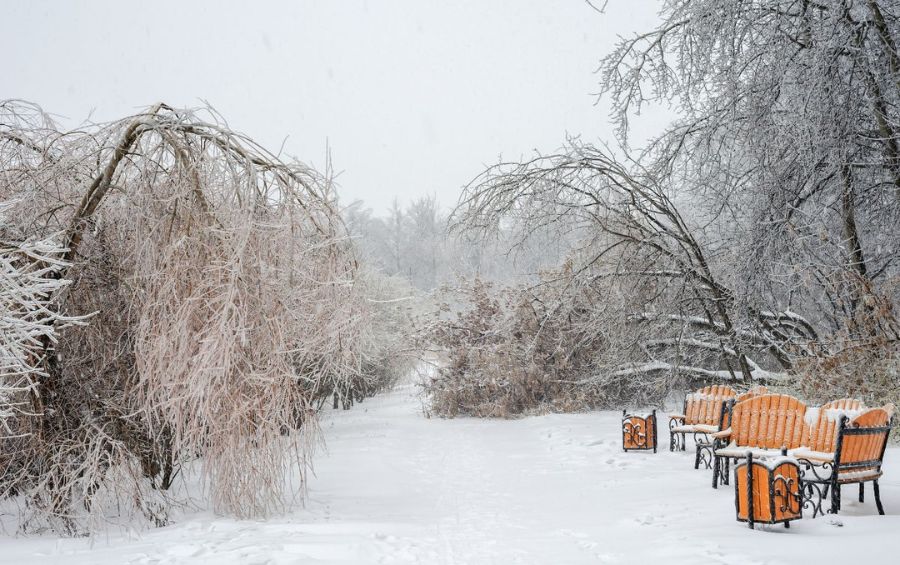
How Arbor Masters Can Help
When it comes to storm damage pruning, expertise matters. The right pruning techniques and timing can make all the difference between a tree recovering successfully and one that declines further or becomes a safety hazard.
Arbor Masters has been serving Liberty and Parkville with trusted tree care services since 1960, and our reputation for quality and professionalism speaks for itself. Here’s why homeowners and businesses rely on us for storm damage pruning:
Certified Arborists
Our team of Certified Arborists brings extensive knowledge and training to every job. Arborists have all the proper training and education in tree biology, safety, and pruning techniques. This expertise ensures that each tree receives the care it needs, regardless of species or size. Trusting a Certified Arborist means you’re getting a thorough, professional evaluation, reducing the risk of improper pruning that could further harm the tree.
Comprehensive Damage Analysis
Storm damage isn’t always obvious at first glance. Our arborists conduct a thorough analysis to assess the full extent of the damage, looking beyond the obvious signs of broken limbs to identify potential hidden issues like internal decay or structural imbalances that could lead to future problems.
Specialized Equipment
Proper storm damage pruning often requires specialized equipment to ensure the job is done safely and effectively. Arbor Masters uses top-of-the-line equipment and tools, like bucket trucks, chainsaws, and rigging equipment to access high or dangerous limbs and make precise cuts.
Our equipment is designed to handle the complexities of storm-damaged trees, reducing risks to the tree, our crew, and your property. Using the right tools for the job also means a quicker, more efficient process so your trees get the care they need without unnecessary delays.
Emergency Response
Storms don’t always happen during normal business hours, and when damage does occur, it’s crucial to respond quickly. Arbor Masters offers emergency tree services to help with storm-related damage, even after hours or on weekends.
We understand that fallen limbs or trees pose an immediate safety risk, and our team is ready to act fast to remove dangerous debris and stabilize your tree. Our quick response time reduces the risk of further damage and ensures your property and family remain safe until we can address the full scope of the damage.
Commitment to Tree Health
At Arbor Masters, storm damage pruning isn’t just about removing damaged limbs – it’s about preserving the long-term health of your trees. We approach every pruning job with one goal in mind: to help your tree recover and thrive after a storm.
Our Certified Arborists focus on strategic cuts that remove immediate hazards, encourage healthy regrowth, and strengthen the tree’s structure. When making pruning decisions, we consider the tree’s species, growth pattern, and root health, ensuring that each tree can heal properly and grow stronger. By addressing storm damage with a focus on overall tree health, we give your tree the best chance to withstand future storms.
Protect Your Property with Expert Storm Damage Pruning from Arbor Masters
Whether your tree has visible damage or hidden vulnerabilities, proper pruning can make all the difference in preventing long-term issues and preparing your tree for future storms. At Arbor Masters, we bring decades of expertise, specialized equipment, and a commitment to tree health to every job we undertake that you likely won’t find anywhere else.
Don’t wait until minor storm damage becomes a major problem – call Arbor Masters today at 816-781-8914 to schedule your storm damage pruning service in the Liberty or Parkville areas.
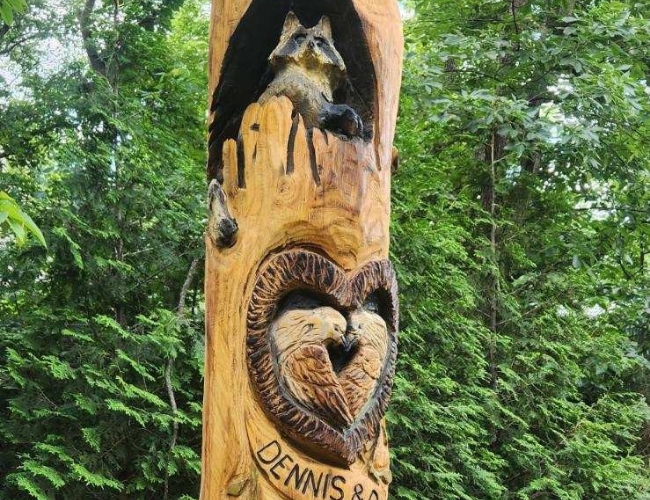
Get the latest local news, tree care tips, special offers, and company updates directly to your inbox! It's easy to subscribe and there's no spam - we promise.
"*" indicates required fields

